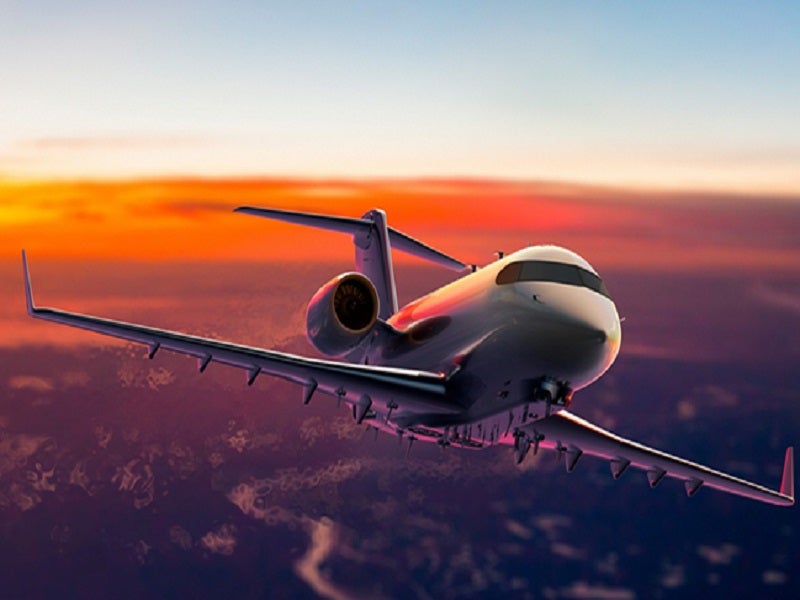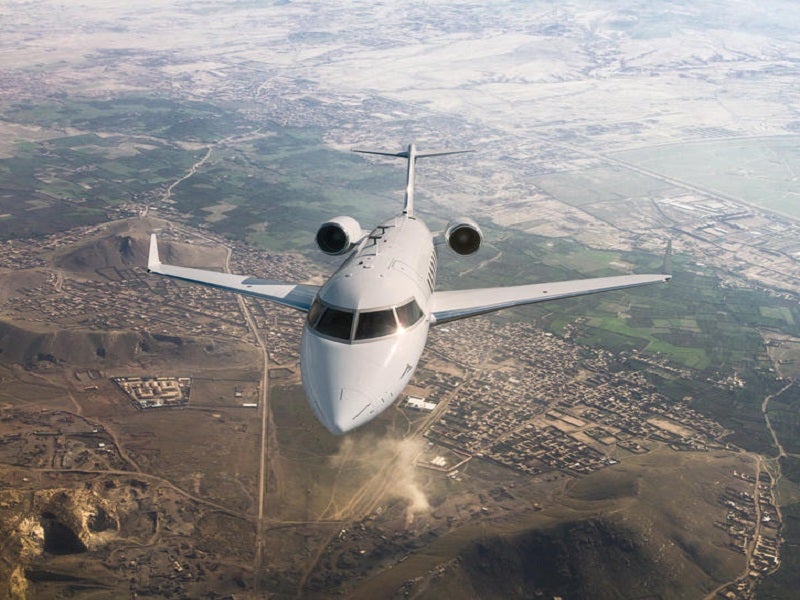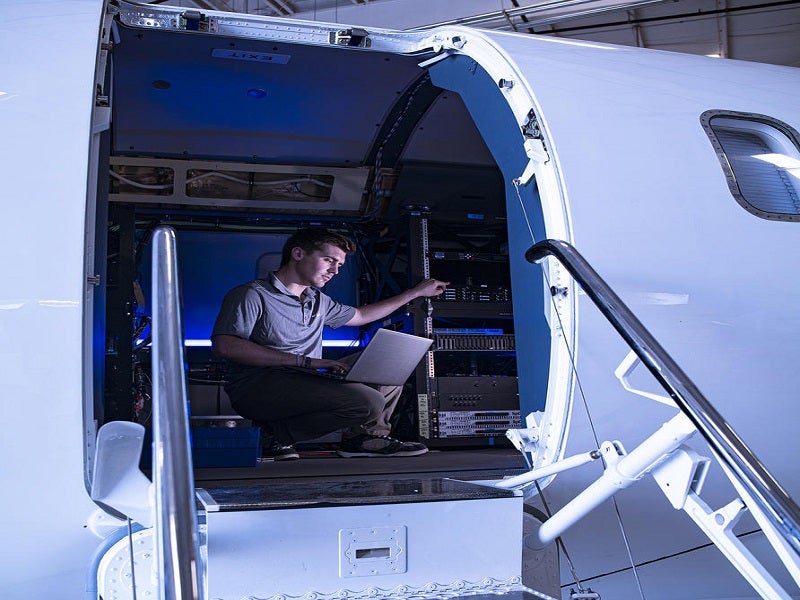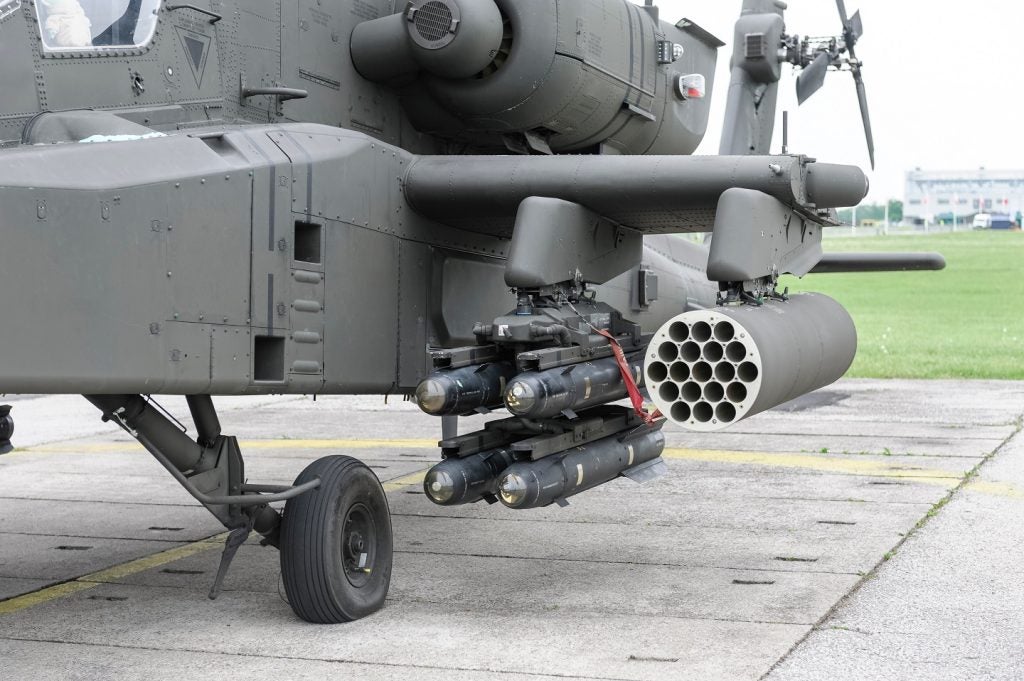Leidos Special Mission Aircraft (LSMA) is a demonstrator electronic intelligence aircraft developed by Leidos, a technology company based in the US.
The demonstrator was developed to support the US Army’s electronic warfare needs. It is planned to be offered to the US Army as a company-owned and company-operated (COCO) platform, under a monthly lease arrangement. The leasing business model aims to help the US Army to reduce ownership costs. Leidos will also provide maintenance services for the aircraft as part of the agreement.
The intelligence aircraft will provide deep electronic sensing to analyse threats and deliver long-range precision fires. Furthermore, it is expected to provide intelligence, surveillance and reconnaissance (ISR) capabilities.
The LSMA was designed and developed from the initial concept to the deployment phase within 18 months. It was tested during an exercise in Pacific Theatre in Japan in July 2020. The aircraft was showcased as a technology demonstrator for the US Army during the exercise.
The in-flight testing of the LSMA equipped with the ThinKom phased array is expected to be performed in early 2022.
Leidos Special Mission Aircraft design and features
Leidos developed the special mission demonstrator aircraft by converting a commercial off-the-shelf Bombardier Challenger 650 jet. The open architecture of the demonstrator aircraft can be quickly reconfigured to meet the different mission requirements of the customer, including high-altitude ISR, utility/cargo transport, or medical evacuation (MEDEVAC). The LSMA has a length of 68ft 5in (20.85m) and a wingspan of 64ft 4in (19.6m). It can carry a payload of up to 5,000lb (2,268kg).
The high-altitude intelligence aircraft can be equipped with up to six rack-mounted equipment stations, which can be removed and replaced by 16 seats for accommodating operators, crew or troops within a few hours. The entire electronic equipment is based on open architecture, which will allow the swapping of components to meet specific mission requirements. The aircraft has a dispatch rate of 99.9%.
Communication systems and sensors aboard LSMA
The LSMA can be fitted with tactical communication systems including a line of sight, beyond the line of sight, voice and data. It will be equipped with ThinKom Solution’s ThinAir® Ka2517 phased-array antenna, which is a low-profile Ka-band aero satellite antenna system for establishing the communication datalink. The ThinKom Ka2517 is integrated with a modem that is compliant with US military standards. It will ensure real-time data transmission to/from the aircraft.
The phased antenna is interoperable with satellites in geostationary and non-geostationary (NGSO) orbits, enabling worldwide connectivity via satellite. The low-profile radome minimises drag during the flight, which will reduce fuel consumption and increase the operational range. The Ka2517 system is based on ThinKom’s patented VICTS (variable inclination continuous transverse stub) phased-array technology.
The aircraft can be fitted with an aircraft survivability equipment suite (ASE), image intelligence (IMINT), signal intelligence (SIGINT), electronic intelligence (ELINT), and radar sensors. It can be integrated with military packages including secure high-frequency (HF) military communications, a secure global positioning system (GPS), tactical air navigation (TACAN) and a mission avionics rack.
The LSMA can operate in anti-access/area denied (A2/AD) areas, providing an operational advantage to forces. Furthermore, the aircraft is designed to satisfy the requirements of global air traffic management (GATM).
Engine and performance
The Challenger 650 aircraft, which serves as the base platform for the LSMA, is powered by two GE CF34-3B MTO engines, which provide an upward thrust of up to 41kN. It has a top speed of 1,049km/h and an operational range of 4,000nm (7,408km).
The intelligence aircraft will have an operational service ceiling of 41,000ft. It will be able to operate efficiently at higher altitudes. Furthermore, it will have a maximum flight endurance of approximately ten hours.










